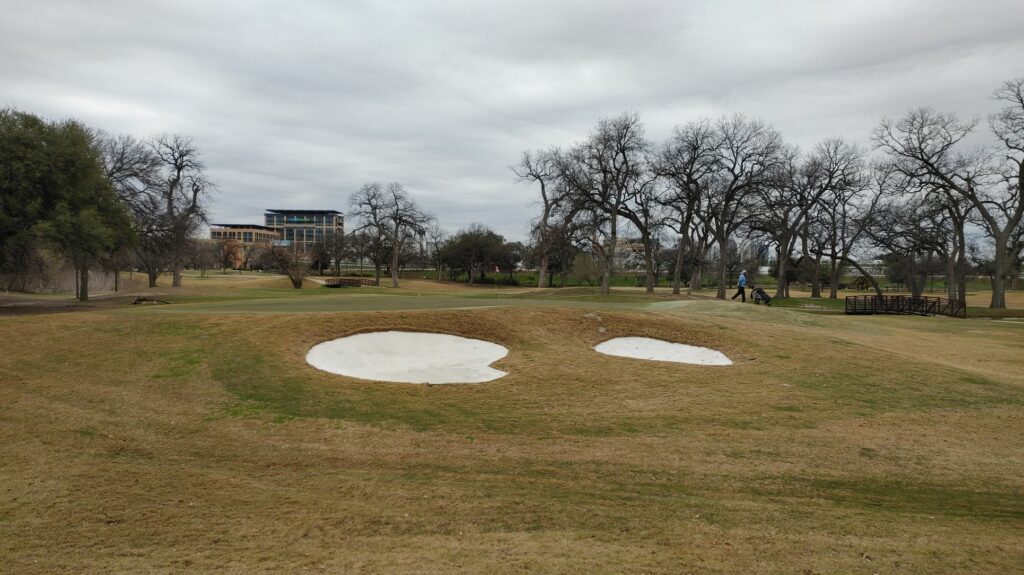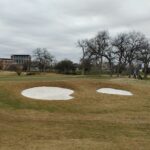Winter Golf: 5 Things to Remember
Winter is a reality that almost all golfers face. Colder weather and shorter days have a big impact on playing conditions and course management pretty much no matter where you’re located. In colder parts of the U.S., golfers may only get a few chances to play their local courses during winter because of snow cover or extremely cold temperatures.
Even in warm areas, where winter is prime golf season, courses still require special care to avoid damage during winter. Here are five realities of winter golf we should all be aware of:

1. Grass is growing slower, if at all.
In colder climates, grass is either barely growing or fully dormant during winter. This means a golf course can’t recover from traffic, divots, ball marks or any other wear and tear that happens during winter rounds. Even in places with warm winter weather, the days are still shorter and cooler, which means grass isn’t growing and recovering like it would during other seasons. If a course gets heavy winter play, damage can add up quickly.
2. Damage will linger.
Any wear and tear that does occur during winter can linger well into spring and even relatively few rounds can still leave lasting scars when grass is growing slowly. Worn areas from cart traffic and accumulating divots are both good examples of damage from winter play that tends to hang around. Many courses are extremely protective of the primary playing areas during winter. Temporary greens, cart restrictions and other winter policies are all used to limit the amount of damage that needs to be repaired in the spring.
3. There will be restrictions.
Almost anywhere in the U.S., winter golf comes with some restrictions that are necessary to protect the course. Frost delays are a common headache for winter golfers, even in places where winter is the prime playing season. Cart restrictions are also common. Some sensitive playing areas, like greens or low-lying fairways, may be closed for part or all of the winter because the risk of damage is simply too high.
4. One warm day doesn’t mean it’s spring.
Golfers in cooler climates are understandably excited when a warm stretch appears in the middle of winter, and courses can be packed on a warm winter day. However, it’s important to remember that a break in the cold doesn’t mean everything is back to normal. In fact, a warm day or two during winter can leave a course even more vulnerable to damage as frozen soil thaw and refreeze.
5. It’s a balancing act.
Winter play is never easy to manage. Courses in warmer areas must balance the demand for golf with limited turf recovery and the risk of poor playing conditions in the spring. In colder areas, courses must decide whether letting a few die-hard winter golfers out to play is worth the potential damage they might do. Every course must find their own answers for managing winter play, but golfers everywhere can make it easier by understanding the realities of the season. Unfortunately, the golfer’s dream of an endless summer is hard to come by.
